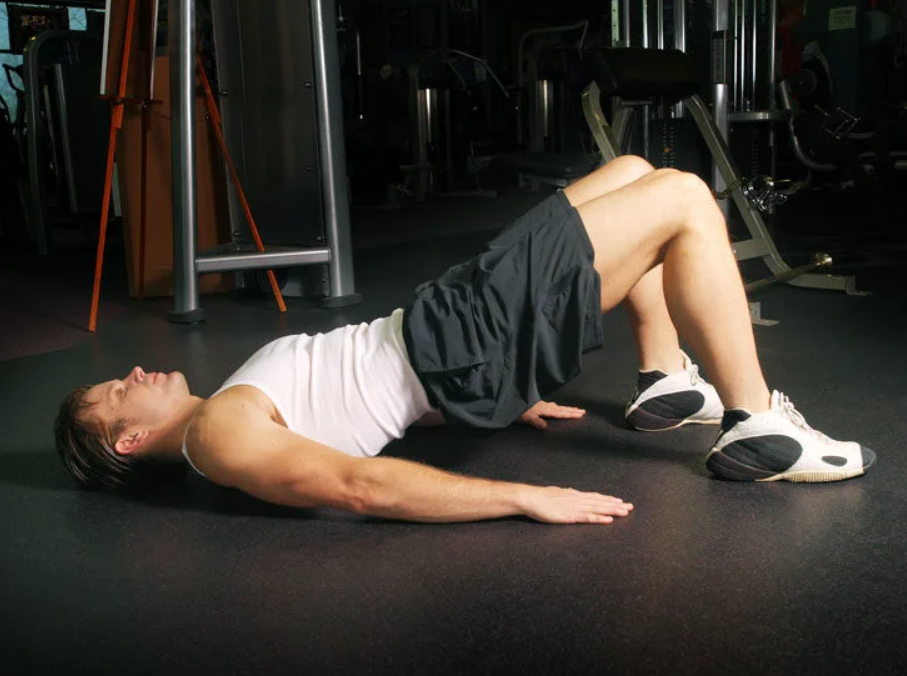It is essential to purchase a car seat for your baby. It is important to choose a safe, comfortable, and secure seat for your baby. How do you know if your baby is outgrowing the infant car seat?
These are the things you should be looking for: Most infant car seats have a weight limit of between 4-40 pounds. Convertible car seats are recommended for babies who have reached the upper weight limit.
The average infant seat has a maximum height limit of 30 inches. A convertible car seat is a good option for your child’s head and leg space once they reach this height. Consider whether your baby is able to sit unassisted.
An infant car seat with 5-point harness and a seatbelt may be better than a convertible.
Is my baby too big to fit in an infant car seat? Many parents wonder this question as their baby outgrows their infant car seats. While the answer will vary depending on which car seat you have, most infants outgrow car seats around 9-12 months.
There are some things you can do to determine if your baby is outgrowing his or her car seat. First, make sure your baby’s head does not rise above the seat’s top. Check to see if your baby has shoulders higher than the highest slot in the harness.
Take a look at the weight and height limits of the manufacturer for the seat. If your baby is heavier than these limits, you should consider moving to a larger car seat. You have a variety of options for larger car seats, such as convertible or all-in-one.
Convertible seats are available in rear- or front-facing positions. All-in-one seats, on the other hand, can be used at all three positions (back, front, and booster). No matter what type of seat you choose, make sure it fits in your car and that you are able to properly install it before you take off with your baby.
Credit: www.nytimes.com
How long can an infant stay in an infant car seat?
The National Highway Traffic Safety Administration (NHTSA) recommends that infants ride in a rear-facing car seats until they turn two years old, or until they have reached the maximum height and weight for the seat. After that, you can move them to a forward-facing seat with a harness. After your child has reached the weight and size limits for their forward facing car seat with harness, you can move them to a belt-positioning booster chair.
Is it possible for a 1-year-old to fit in an infant car seat?
An infant car seat can be used by a one-year old, although it might not fit all. A car seat for infants is suitable for babies between 22 and 29 inches in height. One-year-olds are likely to weigh between 22-30 pounds and 28-32 inches in height. Therefore, the infant car seat may not be suitable for them if they have outgrown it by either weight or height.
A convertible car seat can be a great option for children who are on the verge of outgrowing their infant car seat. It can hold up to 40 lbs and 49 inches in height.
How big is an infant car seat?
There is no universal solution to car seat issues. Your child’s height, age, and weight will determine which type of car seat they need. Convertible car seats are generally the next size up from an infant seat.
Convertible car seat can be used forward-facing or rear-facing. This makes them great for children who have outgrown their infants seats, but aren’t ready to move on to a booster. Convertible car seats are lighter and taller than infant seats. This means that you can use the seat for many years before your child has to get a booster. Before making the change, make sure to check the weight and height limits of your convertible seat’s manufacturer.
Are Your Babies Too Big for a Car Seat? Car Seat Buying Advice
Convertible Car Seats for Baby: When is it Time?
How to switch from infant car seat to convertible car seat? The easiest way to convert your baby’s car seat from an infant to a convertible seat is once they have outgrown it. Before you make the switch, here are some things to keep in mind.
Check the weight and height limits for your infant car seat. The majority of seats have a weight limit between 22 and 35 pounds and a maximum height limit around 32 inches. You should start looking for a convertible car-seat if your baby is close to either of these limits.
Convertible car seat can be used forward-facing or rear-facing, so they will last longer than infant seats. They are typically heavier and taller than infant seats when used rear-facing (30-40 lbs and 38 inches respectively). This allows you to keep your child rear-facing longer and is safer.
Your child can switch to forward-facing use once he reaches the maximum weight and height for rear-facing use. This will depend on the seat, but it is typically around 40 pounds or 40 inches. Convertible car seats have adjustable harness straps that can be adjusted to fit your child’s needs. When should you convert your infant car seat to a convertible?
Once your child has outgrown the infant seat, you can make the switch! Before you make the switch, be sure to check the weight and height limits of both types of seats.
Conclusion
Is my baby too big to fit in an infant car seat? As their baby grows, parents often ask this question. Although the answer may not be clear, there are some guidelines that can help you make the right decision about whether to get a larger car seat.
By nine months, most infants have outgrown their infant car seats. They might be too heavy or tall for your heart and will not provide adequate support or protection. You might consider upgrading to a more prominent center if your child is not within the recommended weight or height limits.
Always consult your pediatrician if you are unsure if your child is outgrowing their car seat. Based on your personal circumstances, they can help you make an informed decision.















Leave a Reply